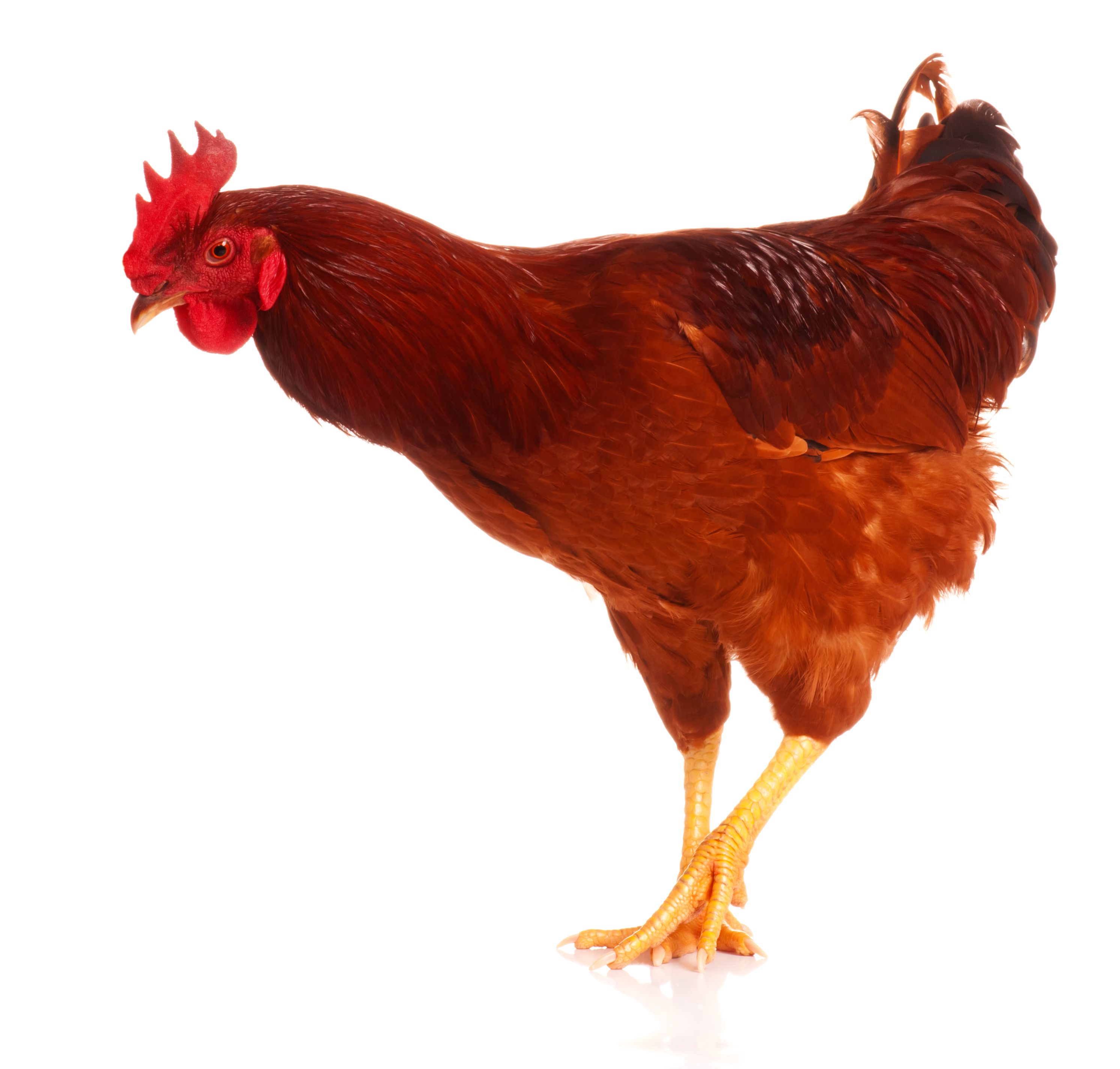
There are three distinct categories of domesticated chickens: meat, egg, and dual purpose. The meatproducing bird is referred to as the broiler breed, and it was developed to be a very fast-growing, quickly maturing, large-bodied bird. The purebred broiler breed chicken is usually crossbred with another breed of chicken to produce an even faster-growing bird. The broiler breed does not lay well and is seldom used as a farm flock bird for egg production. The egg production chicken is a very lightweight bird, for it was genetically developed to produce eggs and stayed away from any kind of meat characteristics. Most of the egg production breeds come fromthe Mediterranean region of the world. In general, they are very quick birds, easy to scare, and excellent converters of feed into white-shelled eggs. The Leghorn breed is probably the most well known of the Mediterranean breed of chicken. The dual purpose breed of chicken was primarily developed in the United States for the American farmer or the small flock owner. In the latter part of the nineteenth century, a bird was needed that had relatively good egg production value but also was large enough so a family could use extra birds for food. Most of the American dual purpose breeds have a calm demeanor,lay a good-sized brown-shelled egg, and are easy to keep. The two most common breeds are the Plymouth Rocks and the Rhode Island Reds. Chickens come in all different sizes and shapes. There are also enormous color and color pattern differences. Many chickens are solid colors, others are striped, splashed, dotted, tipped, or checked. In just about all cases, the rooster is more colorful than the hen. Since the hen sets on the eggs for hatching purposes, she needs to blend into the surrounding area so that a predator will have a harder time in finding her and the nest. The modern farmer, however, usually does not allow hens to set in the wild, and most chicks arenowhatched in an incubator. The chicken's comb varies in type: It may be single, or shaped like a rose, a vee, a pea, or a strawberry. The comb structure is the same for a rooster or a hen. The weight of chickens can vary also, with the rooster weighing anywhere fromsix to twelve pounds and the hen weighing about two pounds less, depending on the breed and age of the chicken itself. The Asiatic chicken breeds weigh the most, and the Mediterraneans the least. The incubation period of a chicken is twentyone days. The baby chicks are rather well-developed when hatched and can survive a day or so with little or no feed. They have a yolk-sac attached that gives them enough food until they are able to figure out how to eat and drink. Newborn chicks need a higher protein base than do older chickens. The growing chicks need between a 20 to 24 percent growth formula in order to survive and flourish. A chicken has much in common with other birds. The bone structure is similar to that of most birds in that it is lightweight, with hollow cavities, yet strong. The muscle structure is well defined and powerful, allowing the chicken to fly, although not far. The digestive system is typical of all birds. Chickens take in food through their beaks; then it is moved to a pouch where it is stored before being passed on through the gizzard, a hard, rough muscle whose function is to crush the food with small stones that have been picked up to assist in the breaking up of the food particles. Chickens always need a new supply of stones, or grit, to help them in their dietary function. The feathers cover the bird's outer frame and serve as an insulator to keep body temperature even. Feathers constitute 4 to 10 percent of the bird's total weight, depending on the breed and age of the bird. The feathers are replaced on a regular basis, called a molt. The female molt is more dramatic than the male's. Ahen will start laying eggs when she is about six months old and will do so for about twenty weeks, when she goes through her first molt. The average laying hen will lay about 220 to 250 eggs in her first year of production. In the year following, the hen lays about half as many, and the following year, about as half as many again. Many chicken producers will get rid of the chicken after she has her first molt because egg production tends to drop off dramatically afterward.
Chicken Facts
Classification:
Kingdom: Animalia
Phylum: Chordata
Subphylum: Vertebrata
Class: Aves
Subclass: Neornithes
Order: Galliformes
Suborder: Galli
Families: Megapodiidae (mound birds, two tribes); Cracidae
(curassows, two tribes); Phasianidae (grouse, three tribes),
with subfamilies Perdicinae (three tribes), Tragopaninae;
Phasianidae, with subfamilies Meleagridinae (turkeys),
Argusianinae (argus pheasant), Pavoninae (peafowl),
Afropavoninae (congo peacocks), Numidinae (guinea
fowl), Phasianinae (pheasant)
Geographical location: Chickens and pheasant originated in
Southeast Asia from the wild jungle fowl
Habitat: The original habitat of chickens and pheasant was
the warm region of Southeast Asia and now has spread
worldwide;
Life span: Chickens will live about four years
Special anatomy: Males are very colorful; females tend to be
dull and drab-colored
Other popular Animals
Photo Gallery of - Chicken
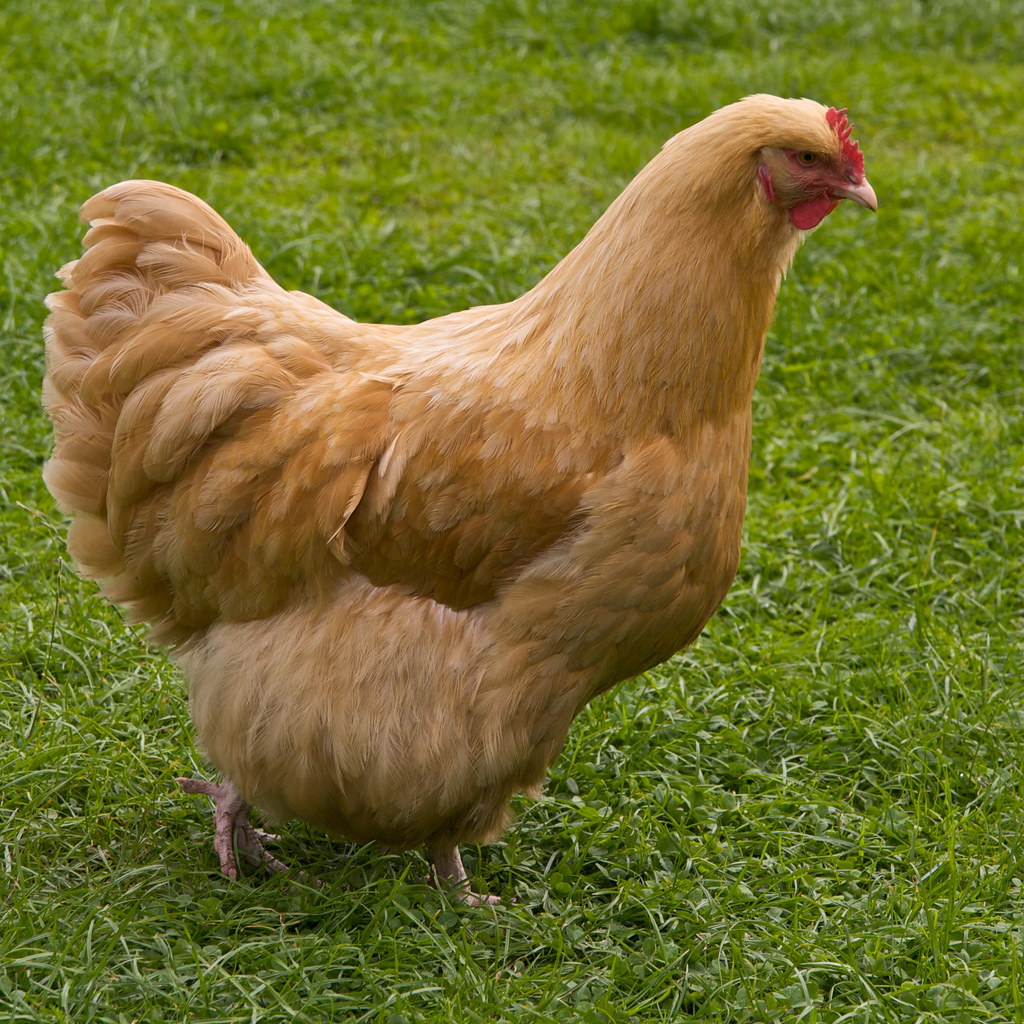
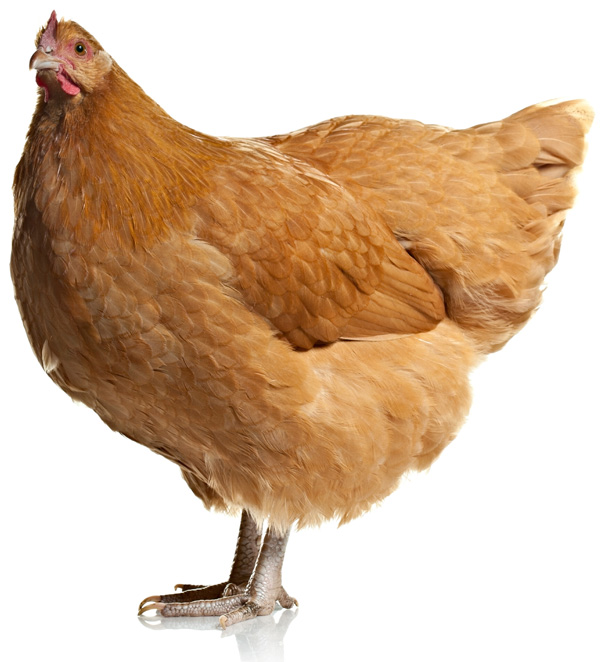
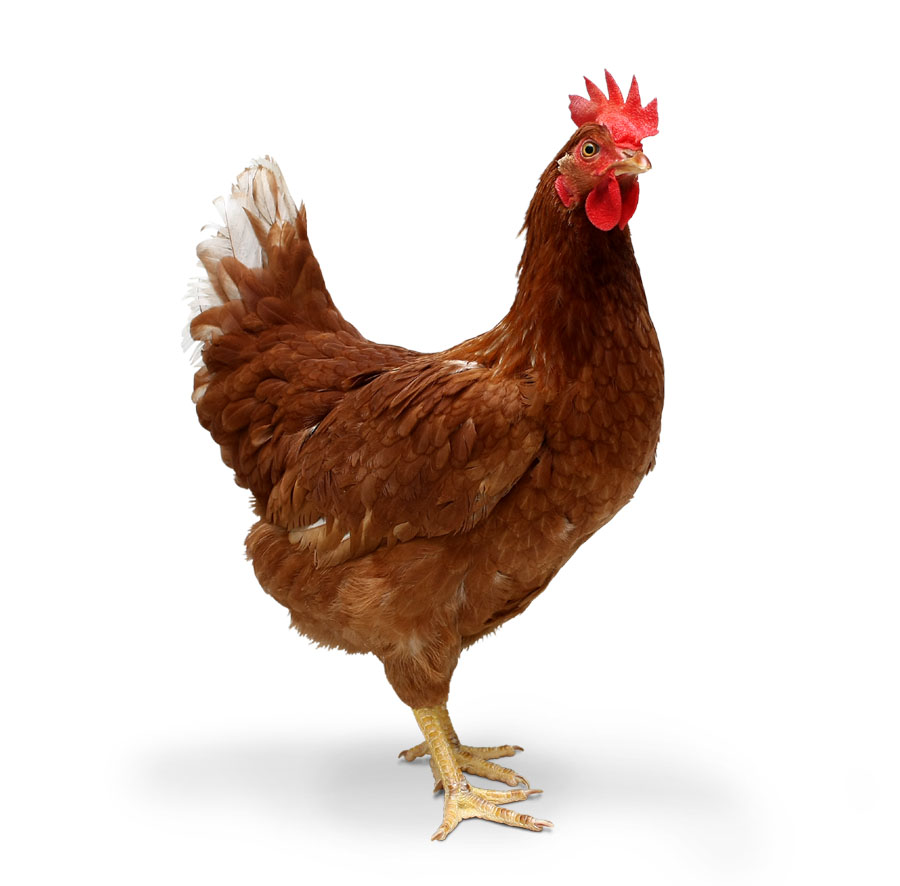
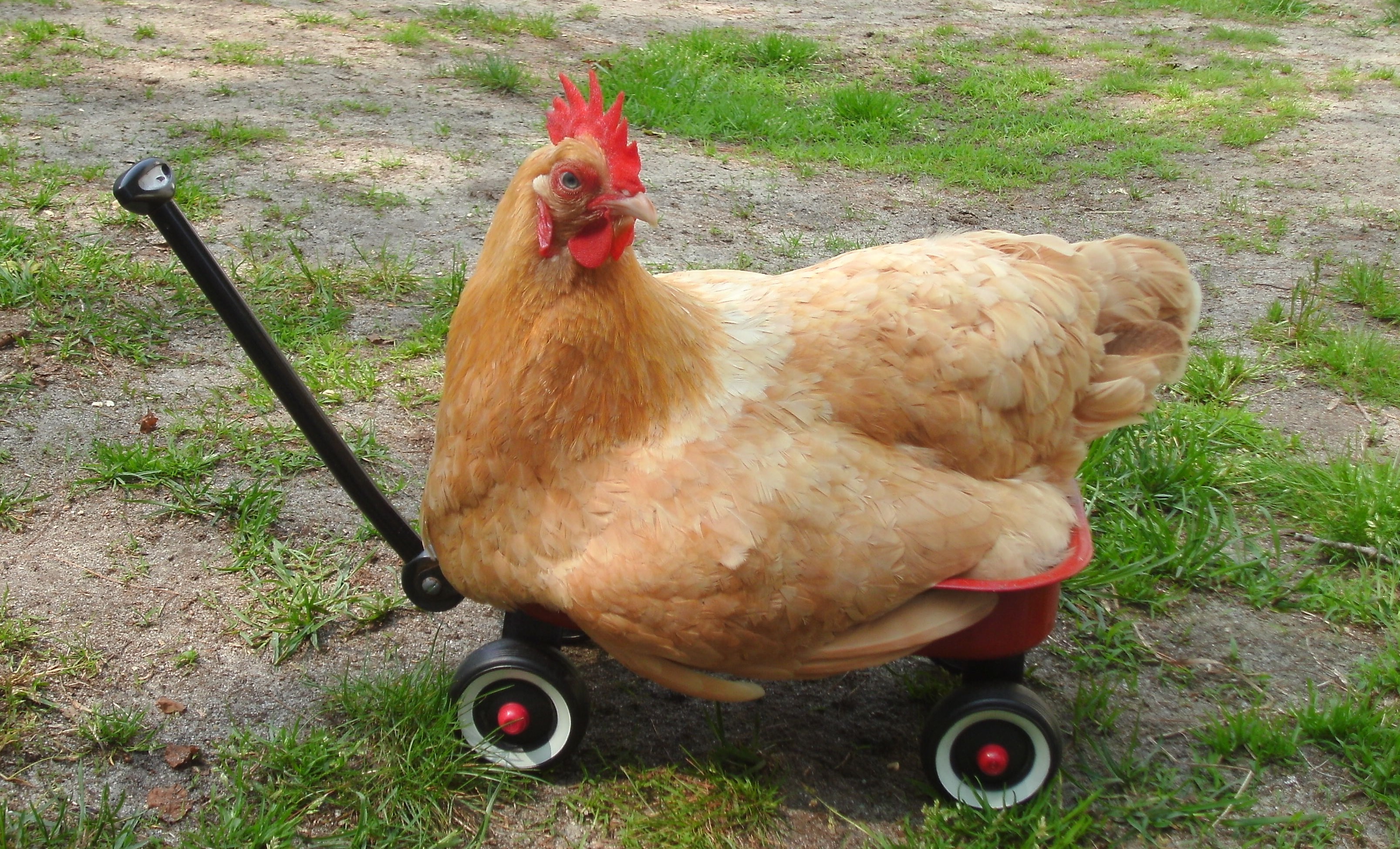
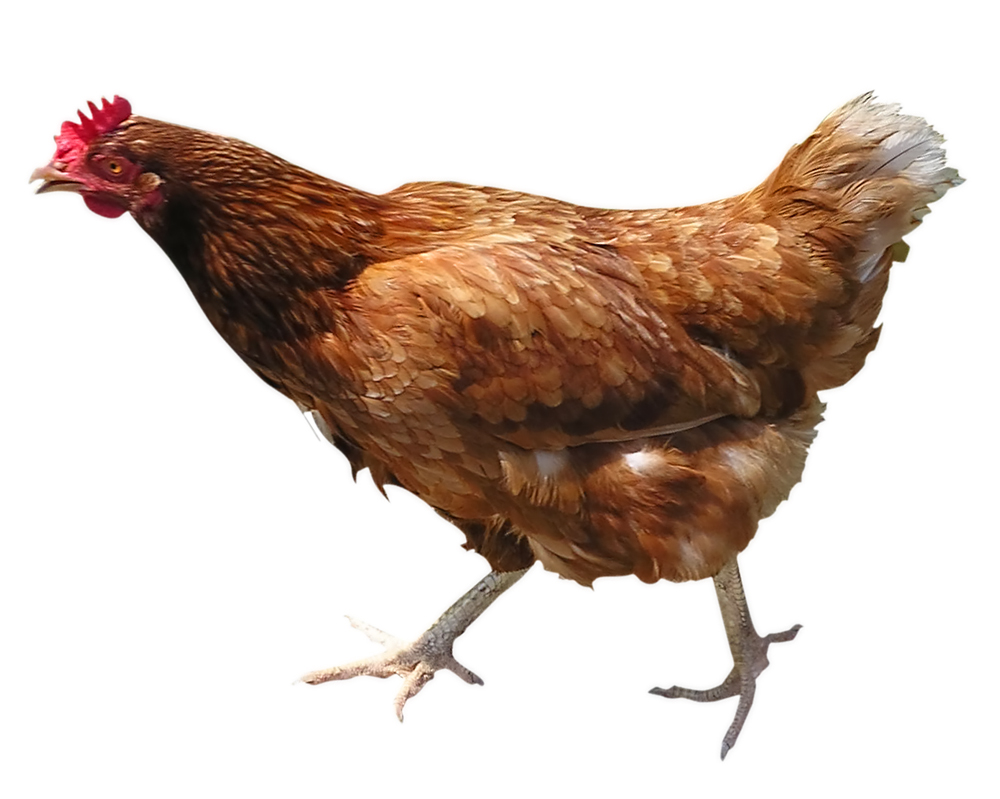



 Animalia Life
Animalia Life